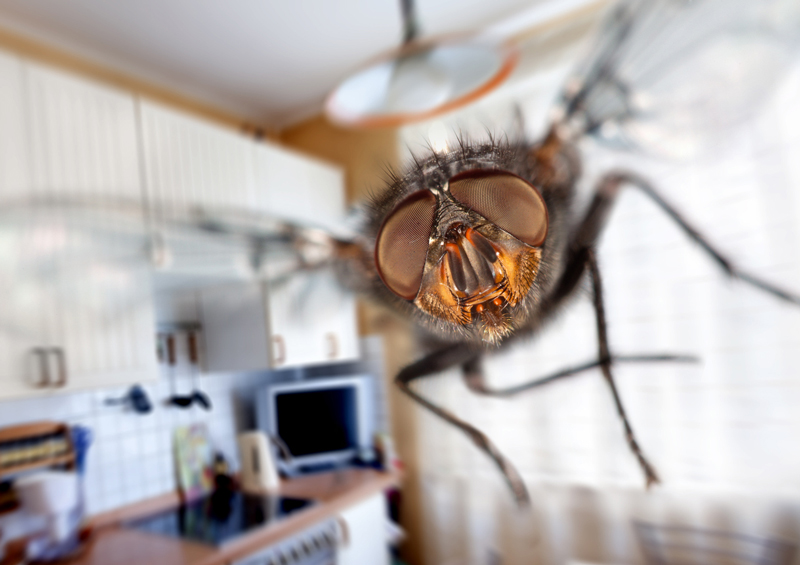If summer bugs you — quite literally — there are easy steps you can take to keep flies and mosquitoes around your home at bay.
Late spring and early summer rainfall has resulted in more than green grass; it’s also grown the flying insect population. While many insects are beneficial or pose no problems, there are some that are downright irritating.
At the top of the list are mosquitoes.
Even with dry weather in the foreseeable forecast, past rains have created a wellspring of mosquito habitat, especially places they can lay eggs.
According to the Texas AgriLife Extension Service, mosquitoes are like any other animal in that they require three things to survive: food, water, and shelter. The key to remember is you don’t have to remove all three of these to control them, but at least one.
The same also goes for flies, whether the common housefly or the smaller fruit fly.
For mosquitoes, a good first step is to reduce habitat areas in your yard. This means mowing the grass, cutting back weeds, and trimming shrubs and vines.
Mosquitoes thrive in areas of debris, so remove clutter from your yard. Get rid of old tires, buckets, or containers just lying around, unused flower pots, and even toys. These all draw mosquitoes.
They can also hold water, which mosquitoes use as breeding ground as they lay their eggs in water.
Where you can’t dump out water, consider dropping in mosquito larvae-control products containing Bacillus thuringiensis (Bt), a bacteria toxic to mosquito larvae after they eat it, or vegetable oil, which forms a thin layer over the water and keeps the larva from getting air.
To keep flies out of your home, check your windows and doors for holes.
Also, to reduce the chances of flies laying eggs inside your home, properly dispose of food scraps as soon as possible. When tossing them in the trash, secure them in plastic bags. And clean your trash cans on a weekly basis to eliminate leftover food residue.
The same holds true outside your house. Look for things that might attract flies — pet waste for example — and remove it as soon as you can.
Inside your home, you can also use sticky traps and ultraviolet light traps to cut down on the fly population. If you use ultraviolet light traps, don’t place them where they’re visible to insects outside your home, otherwise, you risk attracting more inside.
Lastly, there’s the ever-popular, handy fly swatter.
If you have any questions, contact your extension agent at (512) 756-5463 in Burnet County or (325) 247-5159 in Llano County or a Highland Lakes pest control business. Visit the Highland Lakes Home Improvement and Construction Guide for a list of local pest control companies. Just click on the filter to find “Pest Control.”
editor@thepicayune.com
Shoo, fly! Tips for controlling flies and mosquitoes around your home

There are simple things you can do to keep pesky flies and mosquitoes at bay around your home.
